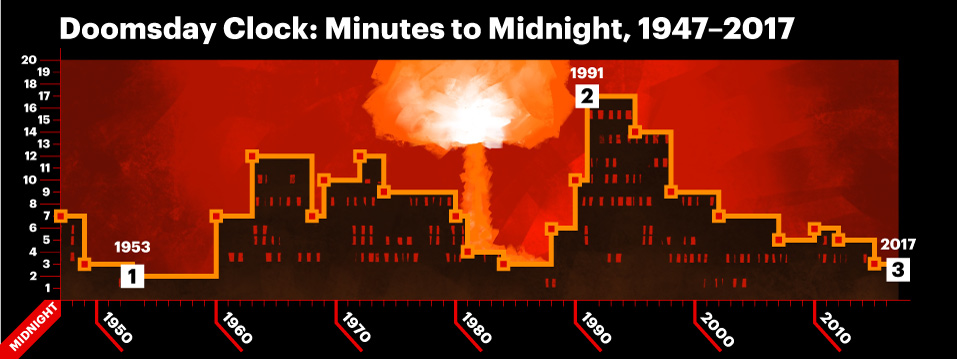

As in 2010, I once again argue that neglected diseases are wise investments, both in the areas of implementation science and R&D. In so doing, the 10 nations would help to advance Sustainable Development Goals.

Since then, there has been only modest public health gains in terms of the reduction in the prevalence or incidence of these diseases, although measles incidence has been declining globally since the Millennium Development Goals.Īs we move closer to midnight on the Doomsday Clock, the leaders of the 10 nuclear nations, which include at least six group of 20 (G20) nations where NTDs are surprisingly widespread, must recognize that funding and scientific activities currently focused on nuclear weapons could be redirected towards health expenditures. So why should we care? In a previous assessment conducted in 2010, I estimated that the research and development (R&D) dollars spent on neglected diseases among the nuclear weapons countries amounted to less than 1/10,000th of the R&D funding spent to develop and maintain nuclear weapons technologies. Neglected diseases among the 10 nuclear weapons nations. GBD 2016 further finds that the 10 nations together also account for a significant percentage of the global incidence of cutaneous leishmaniasis and cystic echinococcosis and likely other NTDs. It finds that the nuclear weapons states account for more than one-half of the world’s incident measles and dengue cases as well as more than 40% of the global prevalence of intestinal helminth infections (i.e., ascariasis, trichuriasis, and hookworm infection).

Shown in Table 1 is an assessment of five neglected diseases, including four neglected tropical diseases (NTDs), among the 10 countries, as determined by the Global Burden of Disease Study (GBD) 2016. The 10 current nuclear nations also stand out because they are simultaneously affected by neglected diseases. Reprinted with permission from The Arms Control Association. 2018 Estimated global nuclear warhead inventories (updated June 20, 2018). In addition, while Iran cannot be considered yet to be a nuclear weapons nation, according to the Nuclear Threat Initiative (NTI), it has an advanced nuclear program, including substantial uranium enrichment capabilities. Together, these countries account for almost 15,000 nuclear warheads. Today, the Arms Control Association identifies nine nations-United States, United Kingdom, France, Israel, Pakistan, India, Russia, China, and North Korea-hosting nuclear warhead inventories ( Fig 1). As of 2018, we have reached two minutes until midnight, the closest we have ever gotten since 1953 when the United States detonated its first hydrogen bomb. In the aftermath of World War II and the bombings of Hiroshima and Nagasaki, the Science and Security Board of the Bulletin of the Atomic Scientists established the Doomsday Clock, meant to symbolize the time we have left until global nuclear annihilation strikes at midnight. New information reveals that the 10 nations currently producing nuclear weapons also suffer with approximately one-half of the world’s disease burden from several neglected diseases, including intestinal helminth infections, dengue, and measles.


 0 kommentar(er)
0 kommentar(er)
